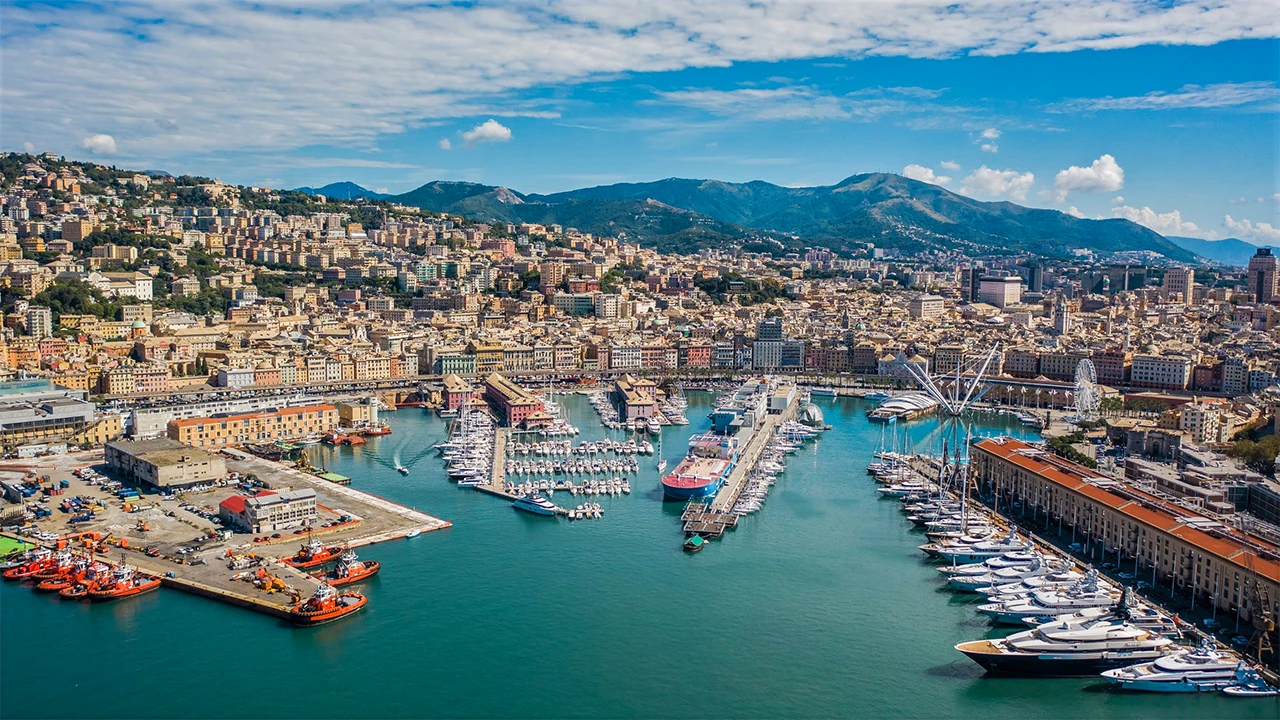Genoa, with its population of 560,385 inhabitants, is the largest municipality in Liguria, the third largest in Northern Italy, and the sixth largest in the entire country. It’s also the third largest metropolitan municipality in Italy in terms of area. The city of Genoa is a significant economic and industrial center in Italy, boasting a wide range of cultural, artistic, scientific, musical, culinary, trade fair, tourist, and sporting attractions. Genoa has a long-standing tradition in various industrial sectors, including heavy industry, shipbuilding, underwater activities, and the food industry. Furthermore, it is a renowned hub for cruise tourism, publishing, banking and insurance services, as well as communication technologies. This case study will focus on the energy efficiency initiatives adopted by the Municipality of Genoa, representing a significant step towards a “green” approach.
Since May 1, 2019, the Municipality of Genoa has participated in the CONSIP agreement for the supply of electricity, activating the “Green Option.” This move demonstrates the Municipality’s dedication to the development of renewable energy sources. The Municipality’s utilities are divided into Electric Energy, Water, Methane Gas, and Integrated Energy Service (SIE3), with Elyx managing over 15,000 invoices per year, covering delivery points and consumption points.
The Municipality of Genoa had a requirement for an integrated system to manage energy bill flows and integrate them with their corporate accounting. Several software solutions handled various stages of the process, but the Municipality desired a unified solution. Elyx intervened to enhance awareness and traceability of energy invoices, enabling a comprehensive view of costs and consumption for each property. Dematerialization and control of invoices improved utility accuracy through personalized reports and alerts that highlighted active/inactive or non-owned delivery points.
Thanks to the collaboration with Elyx, the Municipality of Genoa was able to conduct a complete reconstruction and management of its real estate assets. This approach enabled better management of energy resources, increased cost efficiency, and a reduction in environmental impact. The Municipality now enjoys a comprehensive and controlled view of its energy bills, supporting its mission of environmental sustainability and energy efficiency.



